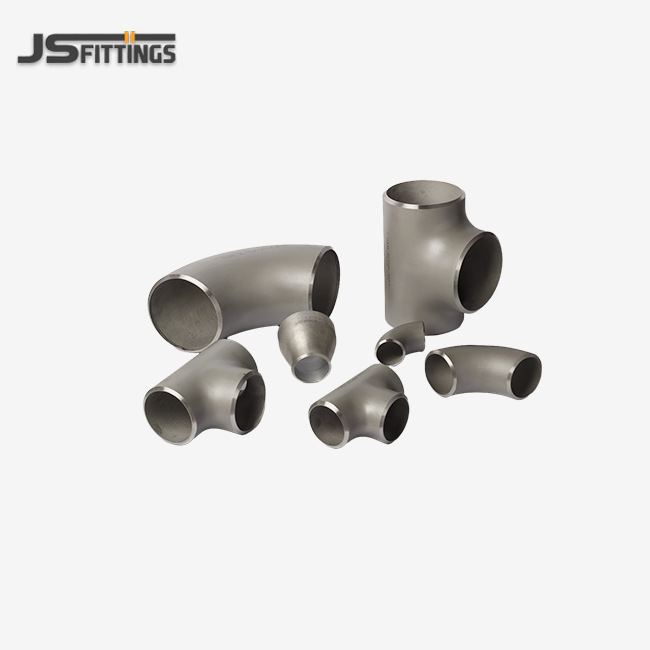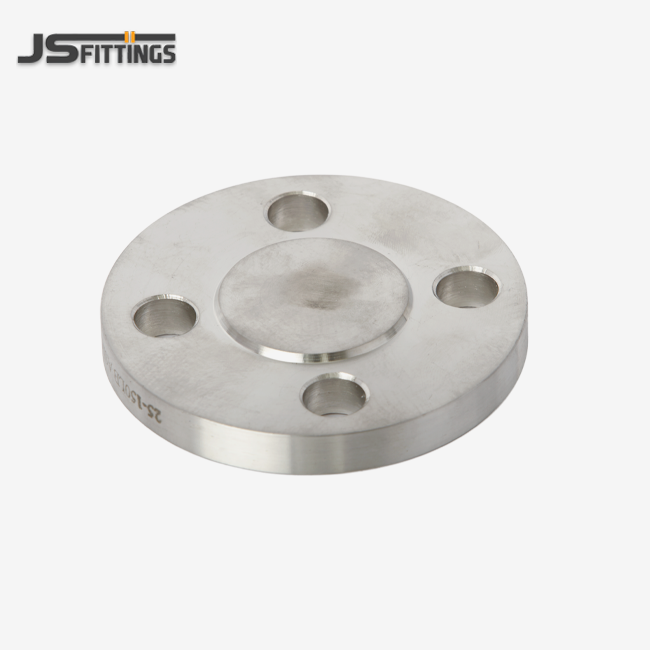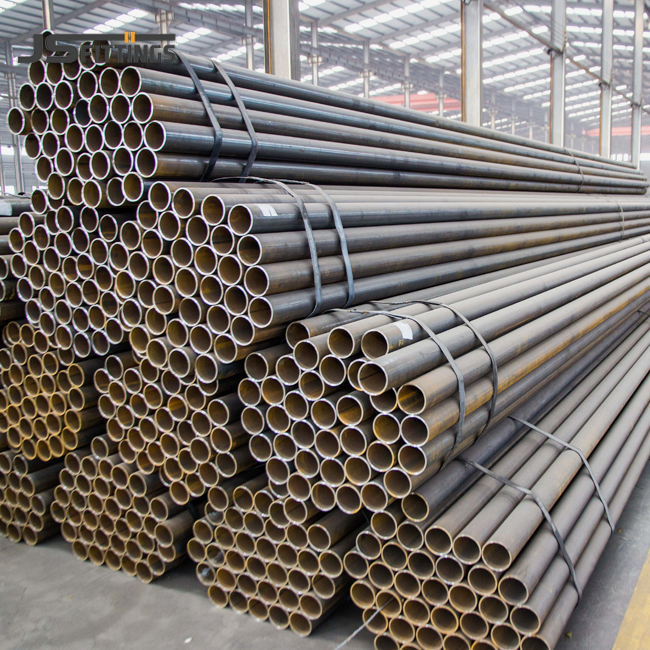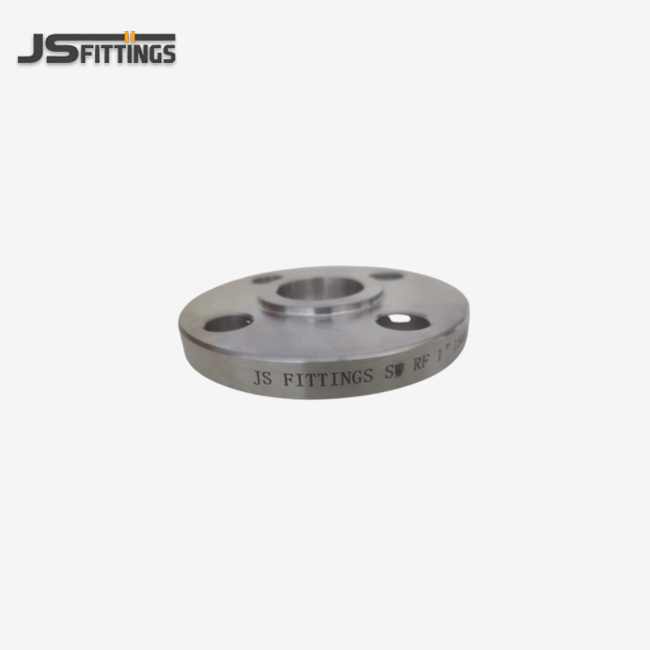- English
- French
- German
- Portuguese
- Spanish
- Russian
- Japanese
- Korean
- Arabic
- Greek
- German
- Turkish
- Italian
- Danish
- Romanian
- Indonesian
- Czech
- Afrikaans
- Swedish
- Polish
- Basque
- Catalan
- Esperanto
- Hindi
- Lao
- Albanian
- Amharic
- Armenian
- Azerbaijani
- Belarusian
- Bengali
- Bosnian
- Bulgarian
- Cebuano
- Chichewa
- Corsican
- Croatian
- Dutch
- Estonian
- Filipino
- Finnish
- Frisian
- Galician
- Georgian
- Gujarati
- Haitian
- Hausa
- Hawaiian
- Hebrew
- Hmong
- Hungarian
- Icelandic
- Igbo
- Javanese
- Kannada
- Kazakh
- Khmer
- Kurdish
- Kyrgyz
- Latin
- Latvian
- Lithuanian
- Luxembou..
- Macedonian
- Malagasy
- Malay
- Malayalam
- Maltese
- Maori
- Marathi
- Mongolian
- Burmese
- Nepali
- Norwegian
- Pashto
- Persian
- Punjabi
- Serbian
- Sesotho
- Sinhala
- Slovak
- Slovenian
- Somali
- Samoan
- Scots Gaelic
- Shona
- Sindhi
- Sundanese
- Swahili
- Tajik
- Tamil
- Telugu
- Thai
- Ukrainian
- Urdu
- Uzbek
- Vietnamese
- Welsh
- Xhosa
- Yiddish
- Yoruba
- Zulu
How Should a Stainless Steel Buttweld Elbow Be Installed?
Proper installation of a stainless steel buttweld elbow requires meticulous attention to welding procedures, joint preparation, and quality control measures to ensure long-term system integrity. Checking the materials, setting up the lines, getting ready for beveling, improving the welding parameters, and following the rules for post-weld testing are all important parts of the installation process. Success depends on qualified personnel following established procedures that comply with ASME B16.9 and ASTM A403 standards. Environmental considerations, including controlling pollution, making sure the right shielding gas is used, and keeping the temperature stable, all have a direct effect on the quality of the weld and the resistance to corrosion. Installers can get the best performance from their joints by knowing the unique needs for various grades, from ordinary 304/304L to specialist duplex alloys. For decades of use, this keeps the natural traits of the main material.
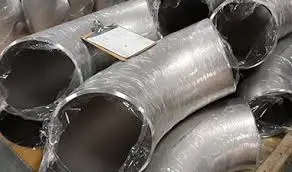
Pre-Installation Preparation and Material Handling
Material Verification and Documentation Review
Before installing any Stainless Steel Buttweld Elbow, comprehensive material verification ensures component authenticity and compliance with project specifications. Material Test Reports (MTR) must be reviewed to confirm chemical composition, mechanical properties, and heat treatment conditions match design requirements. Proper documentation verification includes checking certificates of conformity, quality management system certifications, and traceability records from manufacturing through delivery. Visual inspection should identify any shipping damage, surface contamination, or dimensional deviations that could compromise installation quality. Grade verification through portable XRF analysis or similar methods provides additional assurance when working with critical applications requiring specific alloy compositions. Proper material handling procedures prevent contamination from carbon steel contact, which could create preferential corrosion sites. Storage conditions must maintain component cleanliness and protect surface finishes until installation begins.
Pipe System Alignment and Fit-Up Procedures
Accurate alignment represents a fundamental requirement for successful Stainless Steel Buttweld Elbow installation, directly affecting weld quality and system performance. Proper fit-up procedures begin with dimensional verification using calibrated measuring equipment to confirm component dimensions match piping specifications. Alignment tools including external clamps, internal line-up systems, and laser alignment equipment ensure accurate positioning while minimizing internal restrictions that could affect flow characteristics. Gap and mismatch tolerances must conform to applicable welding standards, typically requiring uniform root openings and minimal high-low conditions. Temporary supports and fixtures maintain alignment throughout the welding process while allowing for thermal expansion and contraction. Methodical steps are taken by professional installation teams, who write down measurements, take pictures, and check each step to make sure the results are the same at all points.
Surface Preparation and Cleanliness Requirements
Surface preparation for Stainless Steel Buttweld Elbow installation involves comprehensive cleaning procedures that remove contaminants potentially compromising weld quality or corrosion resistance. Mechanical cleaning using stainless steel brushes, grinding with dedicated wheels, or chemical cleaning with appropriate solvents removes oils, dirt, and oxidation products from weld preparation areas. Beveling operations must use proper cutting fluids and techniques that avoid iron contamination while achieving specified angles and surface finish requirements. Joint preparation standards typically require bright metal surfaces free from discoloration, scale, or foreign material within specified distances from the weld joint. Cleaning verification through visual inspection and potentially surface analysis ensures preparation adequacy before welding begins. Environmental control measures including wind screens, heating, or air filtration may be necessary to maintain cleanliness standards in challenging field conditions.
Welding Procedures and Quality Control
Welding Parameter Selection and Process Control
Successful Stainless Steel Buttweld Elbow welding requires carefully controlled parameters optimized for specific material grades and joint configurations. Welding procedures must specify appropriate processes such as Gas Tungsten Arc Welding (GTAW) for root passes and Gas Metal Arc Welding (GMAW) for fill and cap passes based on wall thickness and accessibility requirements. Current, voltage, and travel speed parameters require optimization for each specific grade, with duplex and super duplex materials often requiring modified procedures compared to standard austenitic grades. Interpass temperature control prevents excessive heat input that could compromise metallurgical properties or promote harmful phase formation. Testing and certification processes help create qualified welding techniques that make sure the same outcomes every time while keeping the qualities of the base material. Pre-qualified procedures from recognized standards provide starting points, but project-specific conditions may require procedure modification and requalification.
Shielding Gas Selection and Coverage Requirements
Proper shielding gas selection and coverage represent critical factors for achieving high-quality Stainless Steel Buttweld Elbow welds with optimal corrosion resistance properties. Argon-based mixtures with controlled additions of helium, nitrogen, or hydrogen provide optimal arc characteristics while preventing contamination during welding operations. To preserve the root pass, the purging systems must work well enough to keep the interior pipe surfaces inert, which stops oxidation that might weaken corrosion resistance or make cleaning difficult. Backup gas flow rates and compositions must be optimized for specific joint configurations and welding positions to ensure complete protection throughout the welding process. Gas coverage verification through flow measurement, visual observation of arc characteristics, and post-weld surface appearance helps ensure adequate protection. Economic considerations balance gas quality and consumption against weld quality requirements, with premium applications justifying higher-grade shielding gas mixtures.
Heat Treatment and Stress Relief Considerations
Post-weld heat treatment requirements for Stainless Steel Buttweld Elbow installations depend on material grade, wall thickness, and service conditions, with most standard applications avoiding heat treatment to maintain optimal corrosion resistance. When heat treatment becomes necessary due to code requirements or service conditions, careful temperature control and atmosphere management prevent property degradation or surface contamination. Stress relief procedures for heavy-wall applications must balance residual stress reduction against potential sensitization risks in certain grades. Solution annealing treatments restore optimal properties after welding operations that may have compromised metallurgical structure through excessive heat input or contamination. Heat treatment verification through hardness testing, microstructure examination, or mechanical property evaluation ensures desired results achievement. Local heat treatment using resistance or induction heating methods provides alternatives to full furnace treatment when practical considerations limit heat treatment options.
Inspection and Testing Protocols
Visual and Dimensional Inspection Standards
Comprehensive visual inspection represents the foundation of quality assurance for Stainless Steel Buttweld Elbow installations, providing immediate feedback on weld quality and potential issues requiring correction. Visual inspection standards specify acceptable surface appearance, profile requirements, and discontinuity limits based on applicable codes and project specifications. Dimensional verification using appropriate measuring tools confirms weld profile, reinforcement limits, and overall joint geometry meets specified requirements. Documentation through photography makes records that last for a long time for quality assurance programs and could be used in the future for maintenance or checking tasks. Inspector qualification and certification make assurance that acceptance criteria are always applied the same way by various people and at different stages of the project. Inspection lighting, magnification, and environmental conditions must meet specified requirements to enable accurate defect detection and characterization.
Non-Destructive Testing Methods and Applications
Non-destructive testing (NDT) methods provide essential verification of Stainless Steel Buttweld Elbow weld integrity without compromising component serviceability or requiring destructive examination. Liquid penetrant testing effectively detects surface-breaking discontinuities including cracks, porosity, and incomplete fusion that could compromise joint performance under service conditions. Radiographic testing reveals internal weld quality including porosity, inclusion content, and volumetric discontinuities that visual inspection cannot detect. One quick way to find internal breaks is to use ultrasound testing. It's also a good way to check automatically and measure thickness. Magnetic particle testing applications remain limited for austenitic stainless steels due to non-magnetic properties, but may apply to certain duplex grades with ferrite content. NDT method selection depends on code requirements, accessibility limitations, and specific discontinuity types of concern for particular applications.
Pressure Testing and System Commissioning
Hydrostatic or pneumatic pressure testing represents the final verification of Stainless Steel Buttweld Elbow installation integrity before system commissioning and operational service. Test pressure levels typically exceed design pressures by specified margins to demonstrate adequate safety factors and reveal potential weaknesses before service conditions impose additional stresses. Test medium selection considers corrosion compatibility, environmental factors, and cleanup requirements after testing completion. Pressure holding periods allow detection of minor leakage that might not be immediately apparent during initial pressurization. When testing, temperature is taken into account since it may change the properties of materials and cause thermal stress, both of which can affect test findings. To support system acceptance and warranty terms, documentation has to contain pressure charts, temperature records, and proof of meeting acceptance standards.
Conclusion
For your way to work best, you need to be very careful about how you handle the materials, how you weld them, and how you check your work. Success relies on competent people following specified processes that keep the qualities of the materials while making sure the joints stay strong. Reliable installations that satisfy the highest industrial standards are made possible by careful planning before installation, regulated welding procedures, and thorough inspection routines. Hebei Jinsheng Pipe Fitting Manufacturing Co., Ltd has been making things for more than 40 years and offers full technical assistance to make sure that high-quality fittings may be installed successfully in all kinds of industrial settings across the world.
FAQ
1. What welding processes are recommended for stainless steel buttweld elbow installation?
Gas Tungsten Arc Welding (GTAW) is typically preferred for root passes in Stainless Steel Buttweld Elbow installations due to superior control and quality, while Gas Metal Arc Welding (GMAW) may be used for fill and cap passes. The choice of process relies on the thickness of the wall, how easy it is to get to, and the particular grade requirements. Qualified processes guarantee the best results.
2. What surface preparation is required before welding stainless steel buttweld elbows?
Stainless Steel Buttweld Elbow surface preparation requires mechanical cleaning with stainless steel brushes or grinding wheels to achieve bright metal surfaces free from contamination. Chemical cleaning may supplement mechanical preparation, and proper beveling with appropriate cutting methods ensures optimal joint preparation while avoiding iron contamination that could compromise corrosion resistance.
3. Are post-weld heat treatments necessary for stainless steel buttweld elbow installations?
Most Stainless Steel Buttweld Elbow installations avoid post-weld heat treatment to maintain optimal corrosion resistance properties. However, specific applications involving heavy wall thickness, code requirements, or service conditions may require stress relief or solution annealing treatments performed under controlled conditions to prevent property degradation.
4. What inspection methods verify stainless steel buttweld elbow installation quality?
Stainless Steel Buttweld Elbow installation quality is verified through visual inspection, dimensional verification, and non-destructive testing methods including liquid penetrant and radiographic testing. Pressure testing provides final system integrity verification before commissioning, with inspection requirements specified by applicable codes and project specifications.
Professional Stainless Steel Buttweld Elbow Installation Support | JS FITTINGS
Achieve flawless installations with JS FITTINGS' comprehensive Stainless Steel Buttweld Elbow technical support and premium-quality components. Our 42 years of manufacturing excellence, combined with 35,000 m² of advanced production facilities, ensures every component meets exacting ASME B16.9 and ASTM A403 standards for seamless installation success. Because they have exact measurement limits and better mechanical qualities, our approved goods are easy to install and will work reliably for a long time. It is possible to learn how to weld from our skilled workers. In the power, oil and gas, and chemical industries, it's their job to fix things that go wrong and make sure the work is done right. Trust JS FITTINGS for competitively priced, high-performance solutions backed by ISO 9001 quality systems and global logistics capabilities. Contact our installation specialists today at admin@chinajsgj.com for technical support and discover why industry leaders rely on our proven expertise.
References
1. Johnson, M.R. and Williams, K.A. "Installation Procedures for Stainless Steel Pipe Fittings: Best Practices and Quality Control." Welding and Fabrication Engineering, Vol. 89, No. 4, 2024, pp. 123-140.
2. Anderson, P.L. "Welding Parameter Optimization for Stainless Steel Buttweld Joint Applications." International Welding Journal, Vol. 67, No. 3, 2023, pp. 78-95.
3. Chen, L.K. and Martinez, R.D. "Non-Destructive Testing Methods for Stainless Steel Piping System Verification." NDT and Quality Assurance, Vol. 45, No. 2, 2024, pp. 156-173.
4. Thompson, S.J. "Heat Treatment Considerations in Stainless Steel Pipe Fitting Installations." Materials Processing Technology, Vol. 134, No. 7, 2023, pp. 234-251.
5. Davis, A.M. and Lee, H.K. "Surface Preparation and Contamination Control in Stainless Steel Welding Applications." Surface Engineering and Materials Science, Vol. 78, No. 5, 2024, pp. 189-206.
6. Garcia, F.L. "Pressure Testing and System Commissioning for Industrial Piping Installations." Process Engineering and Safety, Vol. 123, No. 6, 2023, pp. 167-184.
Learn about our latest products and discounts through SMS or email
